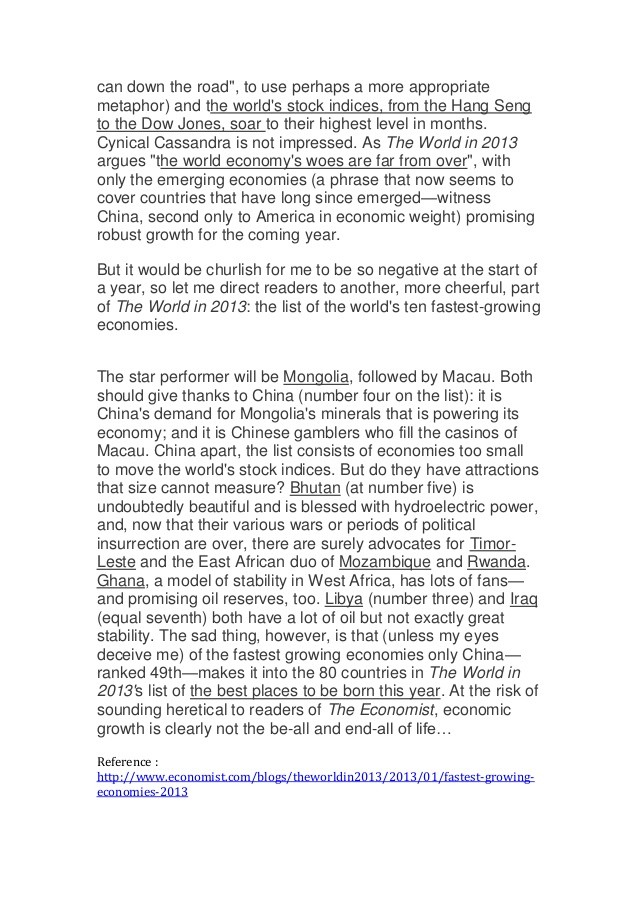Soaring Key Stock Indices Headed Downward; How May 22 Changed Everything
Post on: 27 Май, 2015 No Comment

It turns out that May 22 was very critical for the key stock indices. But surprisingly enough, this wasn’t just the case for stock exchanges here in the U.S.—it was the same for the global economy, as well. Just take a look at the chart below.
At first, the chart may look a bit confusing, but simply stated, it’s the performance of the S&P 500 (indicated by the black line) and other key stock indices around the world. For example, the blue line represents Japan’s Nikkei 225 Index, the green line shows the performance of France’s CAC 40 Index, the brown line depicts the changes in the Bombay Stock Exchange in India, the red line is the German DAX Composite Index, and the yellow line represents the performance of the Shanghai Stock Exchange Composite Index.
Chart courtesy of www.StockCharts.com
It’s interesting to note that since May 22, when the Federal Open Market Committee (FOMC) meeting minutes hinted that the Federal Reserve may start to pull back on its quantitative easing as early as June, the stock markets around the world haven’t reached any new highs. As a matter of fact, they have been trending downward, continuing to make lower lows and lower highs.
Essentially, what this shows me—and what shouldn’t be a surprise to you—is that the key stock indices around the world were climbing on hopes of easy monetary policy and increased money printing. Now that the Federal Reserve may be ready to pull the punch bowl from the party, investors are panicking and selling.
Looking at all this, should investors take this as a turning point on the key stock indices and shift their attention to shorting? Or are they headed higher?
From what it looks like, at least in the U.S. the S&P 500 and the key stock indices are still following their long-term trend, to say the least—they haven’t broken it yet. This by no means suggests that what we have seen since the meeting minutes from the FOMC were released should go unnoticed. These developments are extremely important and show which way the markets may move.
Investors need to keep in mind that they should remember that the trends are their friends—until they are broken. Following the path of least resistance helps in portfolio growth, while predicting tops and bottoms can be dangerous.
Going forward, if the Federal Reserve actually goes and starts to pull back on its $85.0-billion monthly purchases of government bonds and mortgage-backed securities, the key stock indices may head even lower.
That said, if all the pieces of the puzzle come together, investors can profit from the Federal Reserve’s actions through exchange-traded funds (ETFs) like ProShares Short S&P500 (NYSEArca/SH). This ETF provides investors with the inverse return of the S&P 500, meaning that if the underlying index goes down by one percent in value, this ETF increases by one percent.














